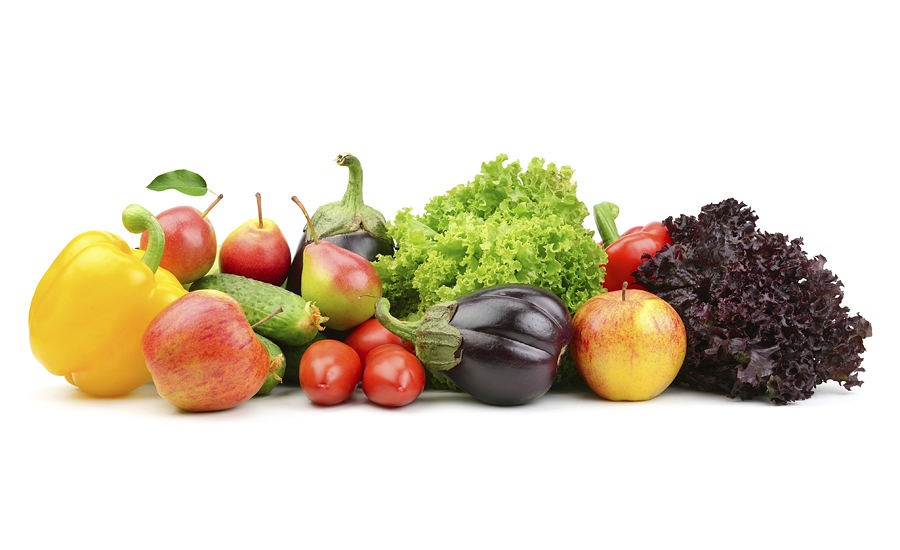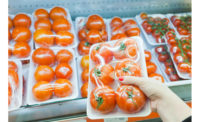The research team at University of California, Davis, Davis, Calif., is taking a multidisciplinary approach to reduce microbial cross-contamination when produce contacts plastic totes and bins or plastic liners in bins.
Nitin Nitin, professor in food science and technology and biological and agricultural engineering at University of California, Davis, is leading the two-pronged effort that focuses on developing rechargeable antimicrobial plastic liners and novel plastic containers that reduce microbial attachment. Eventually, the goal is to combine the two technologies into plastic products that could both repel and reduce pathogenic and spoilage microbes. Joining him on the project are co-principal investigators polymer chemist Gang Sun and food safety microbiologist Glenn Young.
Before embarking on the research, Nitin and his group met with representatives from the Center for Produce Safety, Woodland, Calif., as well as several other industry representatives, including some from the apple industry.
“The input and feedback we’ve received from them has been very encouraging,” Nitin says.
The first part of the research involves developing plastic liners for bins or totes that would have antimicrobial activity and could be recharged periodically with a bleach solution. The plastic polymers used in the liners would be designed to bind the chlorine to the surface.
“It would continue to maintain that antimicrobial activity for some period of time,” Nitin adds. “Whether it’s one full day or a couple of hours, I think that needs to be determined.”
The group focused on extruded polyethylene and polypropylene materials already used by the plastic manufacturing industry. In addition, the research team met with plastic manufacturers to ensure products that look promising could be easily ramped up to large-scale production. The group initially focused on bin liners because they are more economical to test compared to reusable plastic containers, or RPCs.
Having an antimicrobial plastic liner would also benefit the produce sector, such as the apple industry, which still rely on wooden bins.
“There are many examples where wooden bins are common, and they’re very difficult to sanitize,” Nitin says. “If you can develop materials that keep them relatively cleaner, that should help them.”
The group demonstrated how the liners killed Listeria, their target organism, as well as other pathogens.
The researchers are further along on part two of the project, which involves conducting a proof of concept on antifouling plastics that prevent Listeria surface contamination as well as formation of Listeria biofilms. Researchers conducted initial testing in the laboratory, and will eventually field test the materials in fresh produce processing facilities. In addition to measuring the novel plastic’s effects on reducing pathogen populations, they also will examine what, if any, impact it has on produce quality after extended contact.
“We believe it’s a good start to see how this works in a highly challenged environment, like bins. Then you can adapt it to other areas,” Nitin says. “Our interest is in developing this material, which could be used in other applications.”
The benefits extend beyond just packers, but also to companies that collect, sanitize, store and deliver RPCs to packinghouses, distributors and retailers.
“If this helps them meet their contract and improves sanitation of bins, I think they will be very interested in adopting some of this,” says Nitin.
The researchers also have been in contact with a U.S. Army research facility interested in antimicrobial material technologies. The military facility has an extruder, which Nitin said could provide them an opportunity to determine how antimicrobial liner production could be scaled up.


